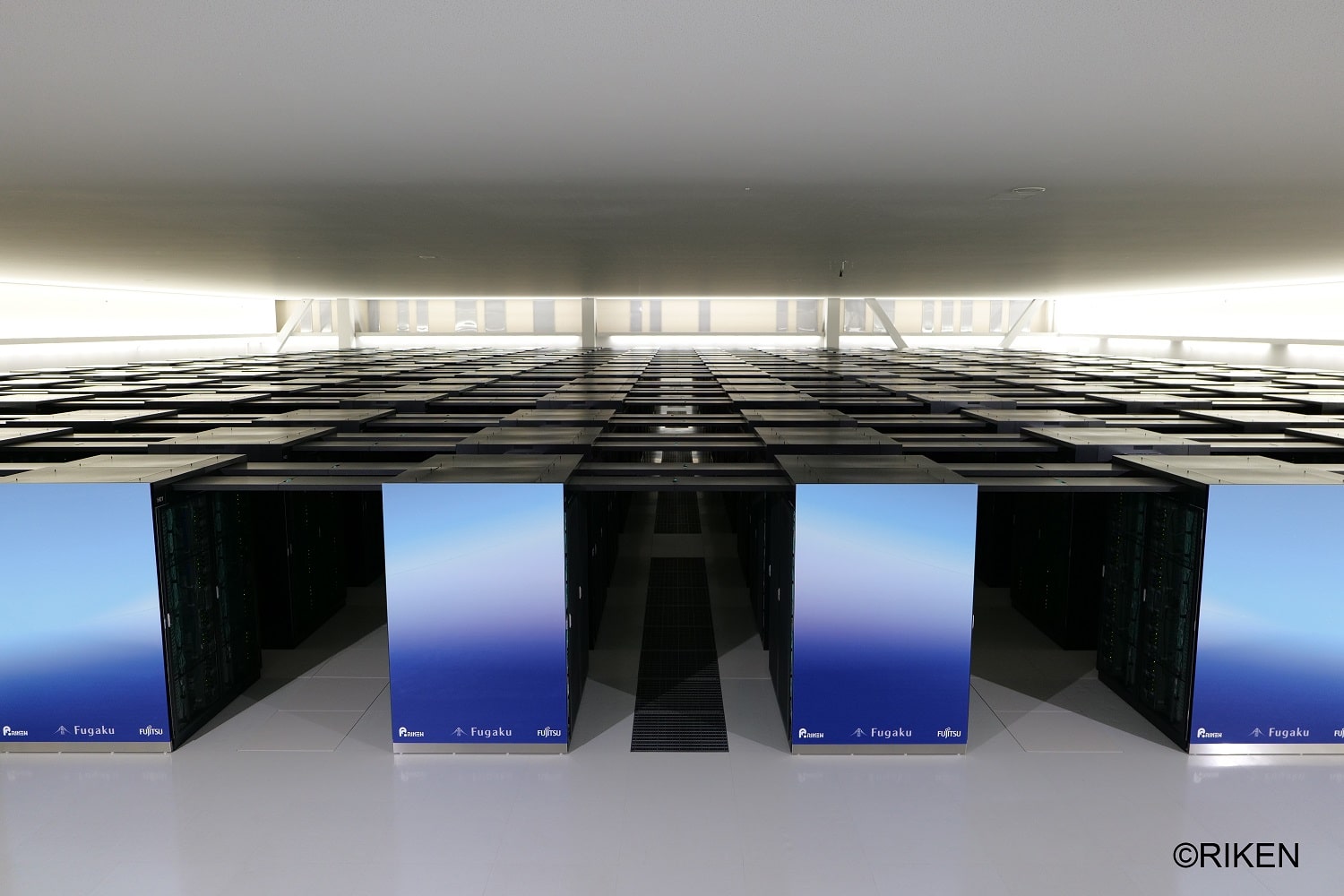Fujitsu has been selected to design the successor to the iconic supercomputer Fugaku, provisionally known as FugakuNEXT, in an ambitious project that promises to place Japan back at the forefront of global supercomputing and artificial intelligence.
The new system will be housed alongside the current Fugaku at the RIKEN research institute and will feature state-of-the-art computing hardware. The basic design is expected to be completed by February 2026, marking the beginning of a new era in Japanese high-performance computing.
A Technological Leap: Fujitsu-MONAKA-X CPUs and 2nm Technology
The cornerstone of FugakuNEXT will be the future Fujitsu-MONAKA-X CPUs, an evolution of the Fujitsu-MONAKA architecture that the company has been working on for years to maximize energy efficiency and integration with accelerators like GPUs or NPUs. These new CPUs, based on 2-nanometer technology, will integrate microarchitectures optimized for 3D packaging and operation at ultra-low voltages.
Fujitsu’s technology roadmap includes the combination of Arm processors with AMD Instinct GPUs, as well as the inclusion of AI-specific accelerators and neural processing units (NPUs), aligning with the global trend towards hybrid systems for scientific workloads and artificial intelligence.
The World’s First Zettascale Supercomputer?
Japan’s Ministry of Education, Culture, Sports, Science and Technology (MEXT) already announced in 2024 that the goal is to reach zettascale performance, at least in terms of AI performance (FP8). While the FP8 unit is standard for artificial intelligence, FP64 (double precision) performance remains the benchmark in scientific computing. Nevertheless, plans indicate that each node of FugakuNEXT could offer several hundred teraflops in FP64, enabling genuine exascale performance and aiming for the top spot in the Top500 list again.
From Fugaku to FugakuNEXT: From Science to AI
The current Fugaku, based on Arm processors, was deployed in 2020 and achieved the world’s top rank with 442 petaflops (FP64). Today, it occupies the seventh position, behind American, European exascale giants, and Microsoft’s Azure cloud. The next generation will not only inherit the ability to accelerate scientific applications but also integrate advanced AI capabilities to respond to the rise of generative models and business needs for massive data analysis.
According to Vivek Mahajan, CTO of Fujitsu, “The experience of Fugaku and the technologies of Fujitsu-MONAKA and MONAKA-X will enable the construction of infrastructure capable of dynamically responding to the changing needs of industry and society, channeling Japanese talent toward the next generation of AI processors and supercomputing.”
Technological Sovereignty and National Ecosystem
The announcement underscores Japan’s commitment to technological sovereignty in advanced semiconductors, high-performance computing, and artificial intelligence processing, a strategic area in the current global race. Public-private investment and collaboration with leading companies like AMD strengthen Japan’s position, which seeks to reduce its dependence on foreign technologies and lead the transition toward energy-efficient digital infrastructures tailored to the challenges of the 21st century.
The Future of Global Supercomputing Lies in Japan
While the definition of “zettascale” as applied to AI is not directly comparable to the traditional power of scientific supercomputers, the advancement of FugakuNEXT and the development of Fujitsu-MONAKA-X CPUs once again place Japan in the global elite of computing. If objectives are met, the country could host the world’s most powerful supercomputer again, boosting scientific research as well as business innovation and the deployment of artificial intelligence on a national scale.
via: datacenterdynamics

